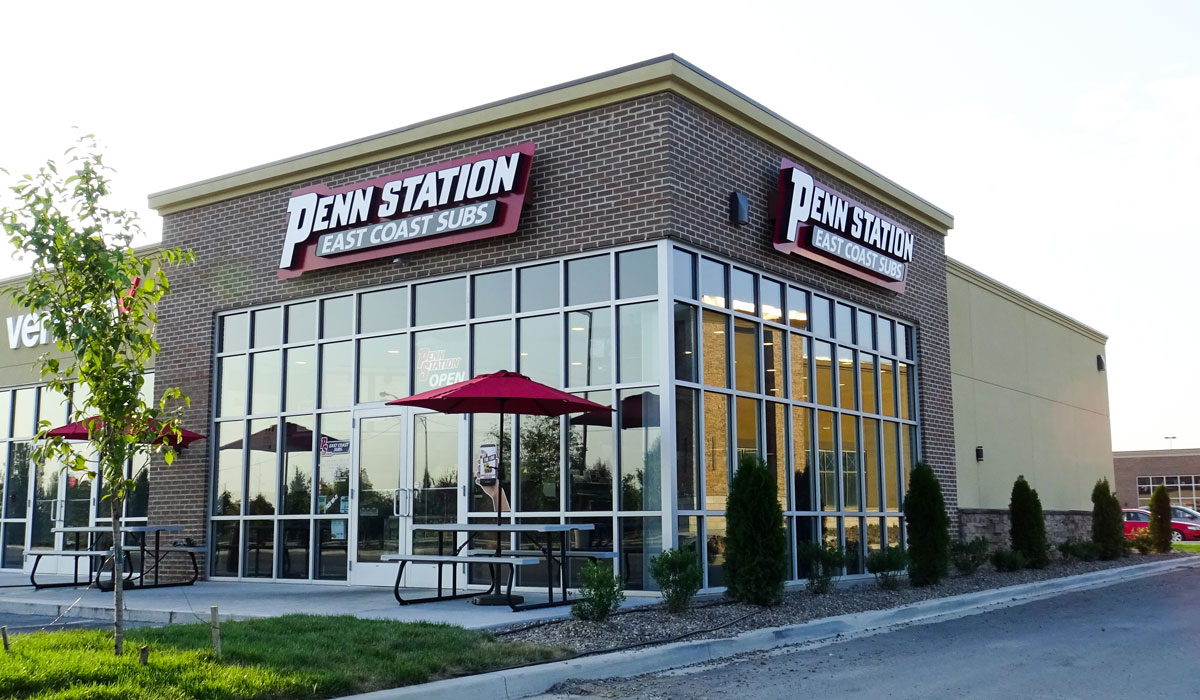COVID created the need for immediate and numerous changes in many industries, and the restaurant industry was no exception. While many fast-casual restaurants already had 50 percent or more of their sales coming from off-premises consumption, that number has increased significantly since the beginning of the pandemic. Even as the country begins to normalize and guests return to dining in restaurants, we expect the growth in off-premises consumption to level off higher than it was in January or February 2020. As such, brands must ensure they are ready and able to handle this long-term increase.
Optimize your key learnings from the past 16 months:
In March 2020, restaurants were simply figuring out new sanitization guidelines and how to offer secure takeout and delivery. Now, restaurants that survived know what they need to do. However, rather than simply responding or reacting, they should now make sure it is optimized. Perception is everything: open display kitchens where guests can see your sanitation policies are preferred. If you haven’t already, consider extra reassurances that give guests comfort in the safety of your products being served off premise like tamper-proof stickers for takeout orders. This is especially true if you are offering third-party delivery.
Ensure your product tastes great:
Some products travel better and can sit longer than others. A slice of pizza eaten an hour later is perhaps not that different. The same cannot be said for other products—think fish. Reheating instructions are a great option for products that don’t traditionally take out as well. Research how you can make your product taste as good at home as it does in the restaurant, and then provide specific and detailed reheating instructions to guests to optimize their experience with your brand. Once you add third-party delivery, you lose all control over when the food reaches your customers and when it is consumed, so reheating instructions help better maintain a higher quality product, versus a menu item that has sat for an hour or more.
If you are using third-party delivery, higher ratings from their customers and being more popular with users moves you up in their rankings, further helping you reach new customers. This is added motivation to ensure your product is perceived as safe and delicious when it reaches the customer. Consider promoting products that travel well or can sit for longer periods without compromising the overall quality. Use social media and other channels to offer discounts or advertisements for products that taste great even when consumed later.
Take advantage of technology:
When the pandemic started, restaurants were looking for as many different ways to reach customers, including online ordering and third-party delivery. Consider investing in integration technology to automate the process of third-party orders. Without it, orders go to an iPad in stores and then an employee must manually enter it into the POS system. You not only run the risk of the order sitting too long and potentially being lost forever, but any failure to fulfill an order either timely or not at all hurts your overall ratings with the third party provider. Adding software to communicate directly between the third party delivery company’s iPad and your POS system improves order accuracy and is more efficient for crew.
You also must be cognizant of how third-party apps work. Make sure your menu is displayed consistently in restaurants, on your website and on different apps. Many restaurants are experiencing supplier issues right now, so make sure you update across all platforms if any products are out of stock. You also must update your hours across all platforms. Technology can be a huge advantage for reaching customers in 2021, but if you allow customers to order a product you can’t serve them or order when your restaurant is closed, you’ll have to deal with refunds, and more importantly, you’ll have disgruntled customers.
Consider your packaging options:
Packaging should be easy to use for the consumer and/or third-party delivery drivers. Operators must be aware of the expense—plastic and Styrofoam are not inexpensive—but they are necessary with the increase in off-premises consumption. No matter which materials you choose, make sure your food looks presentable when the package is opened and not just stuffed in a box.
Supplier issues are also happening with paper products. It is a good idea to spec alternative products for carryout so when, not if, your main supplier runs low, you have a contingency plan. While some consumers are returning to dining in restaurants, many are still reticent. Carryout will continue to be more popular than it was before.
Have multiple ways to order:
Different customers prefer different methods to order and receive their food—and your employees may prefer different ways to take orders, too. For example, we have seen that many of our Millennial guests and employees prefer online ordering. With a designated pickup area in the restaurant, it can be more efficient for the crew and the customer to pick it up with more limited conversation. Restaurants should still have the option for customers to call the restaurant and place an order, which some guests actually still prefer. The most important thing is to offer different options so the guest can choose the level of interaction they want and, at the same time, not compromise the efficiencies for your crew.
COVID changed many things in the restaurant industry, but restaurants that adapted to the increase in off-premises consumption did better than others. Restaurants should prepare for a sustained increase in off-premises consumption in the next phase as well.
Craig Dunaway is president of Penn Station East Coast Subs, a 315-unit franchise known for its hot and cold sandwiches, hand-squeezed lemonade and fresh-cut fries.






